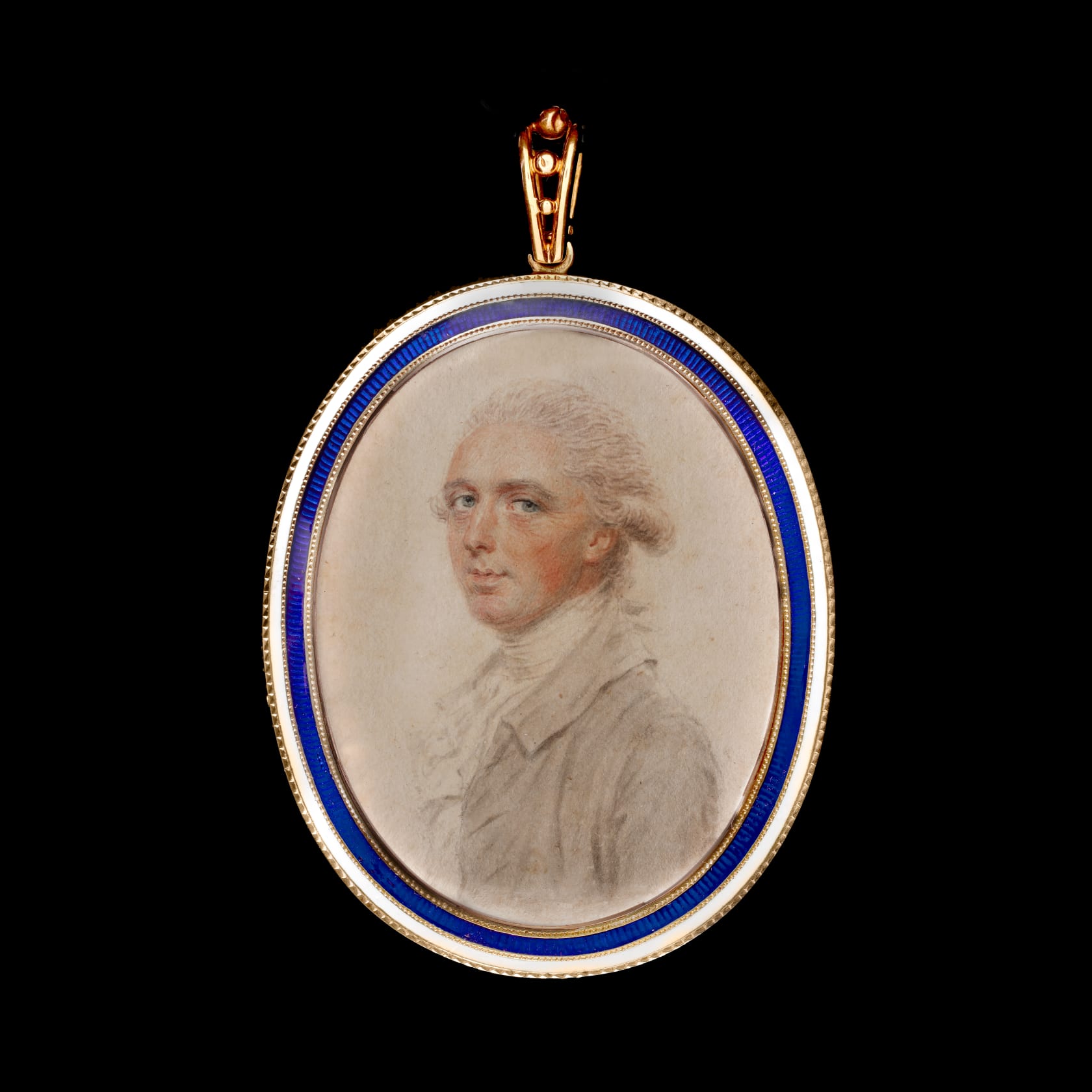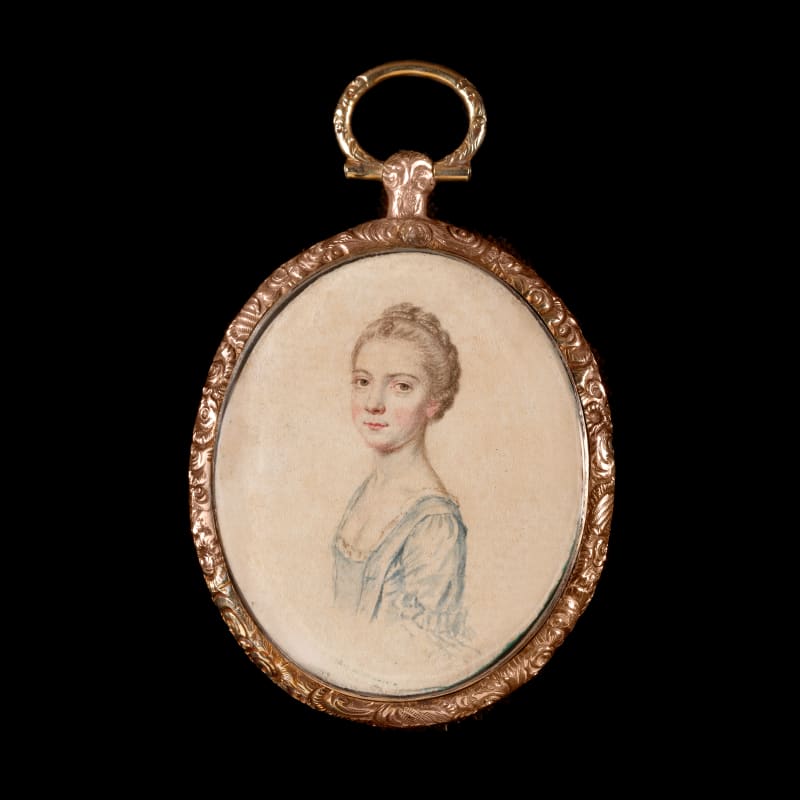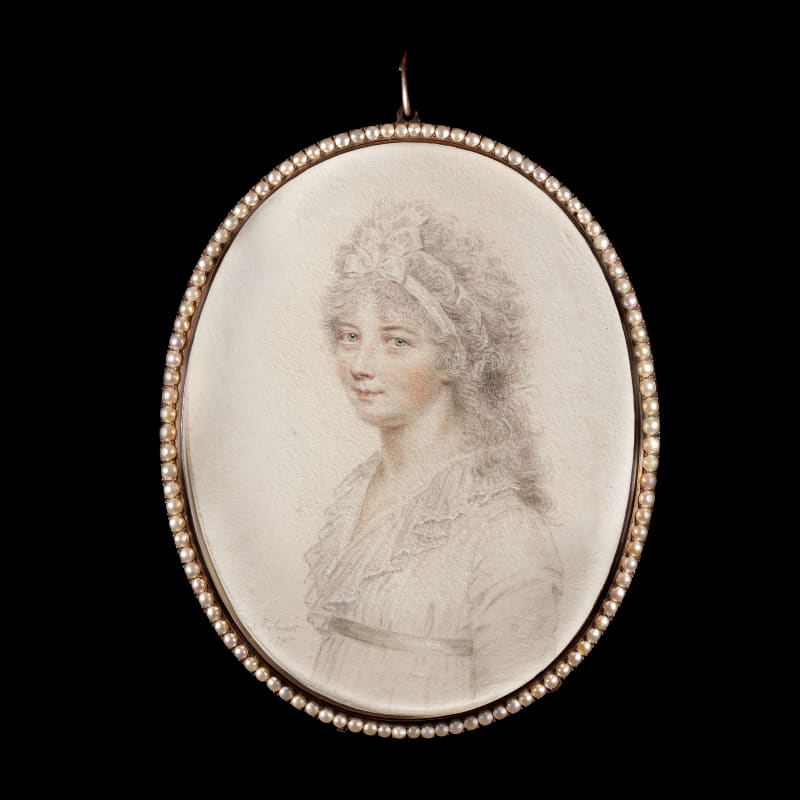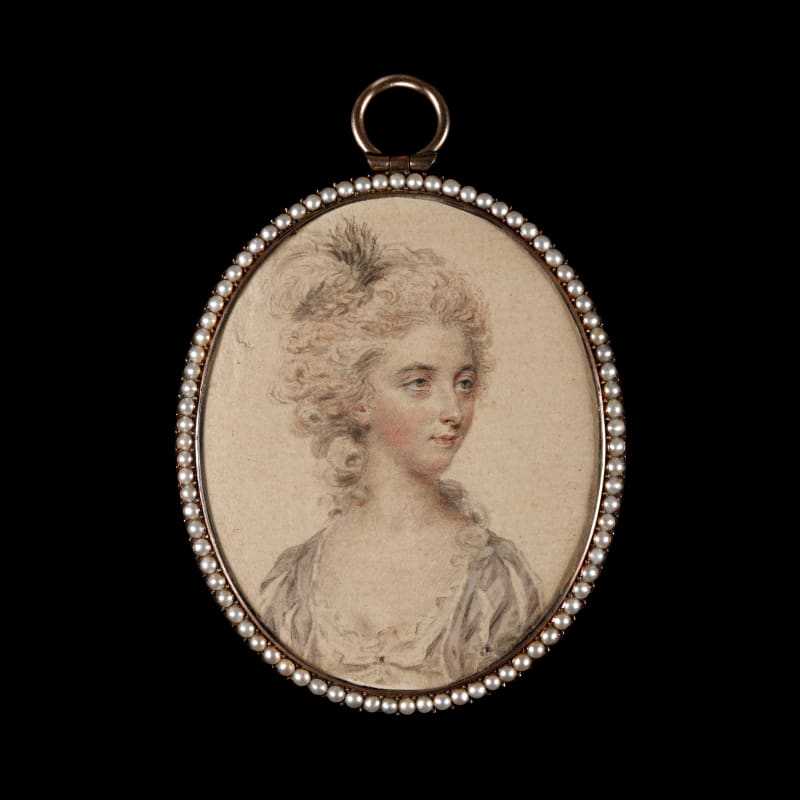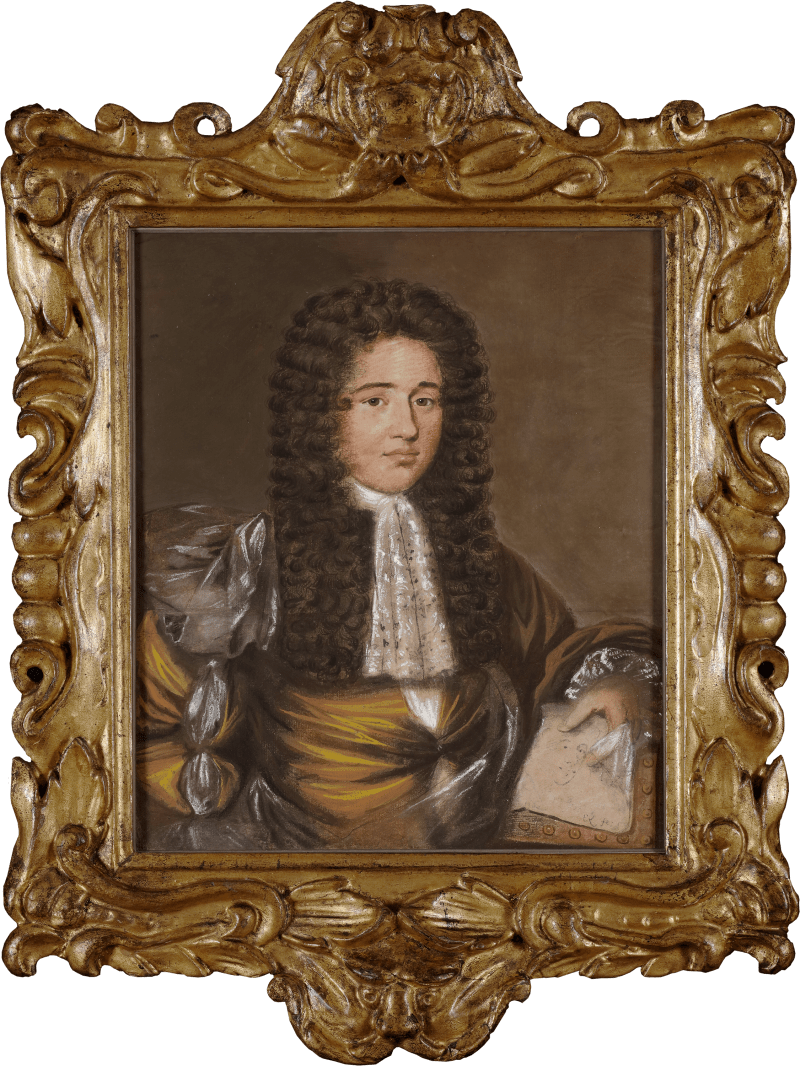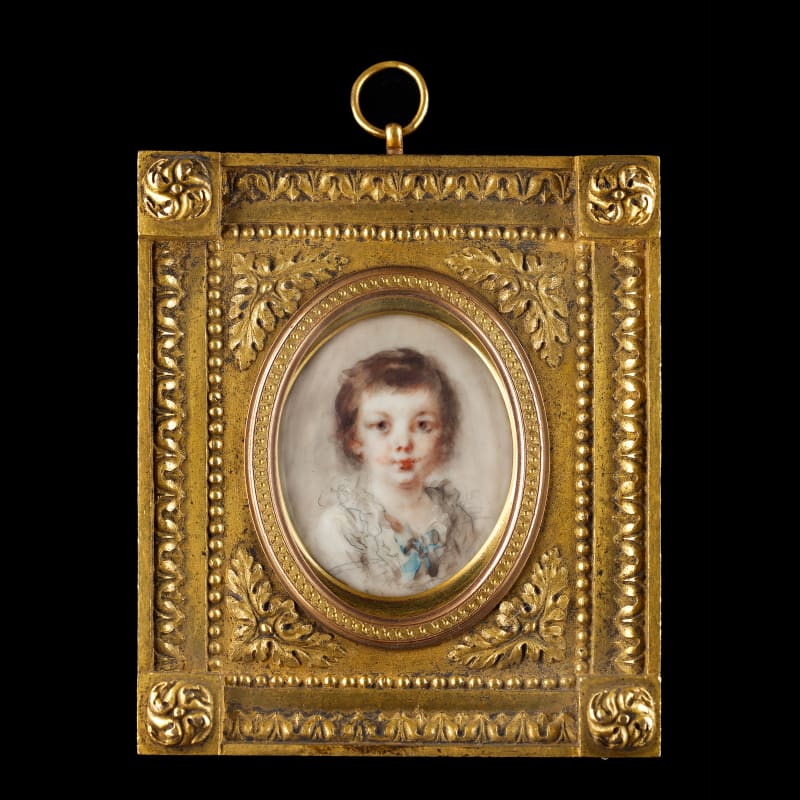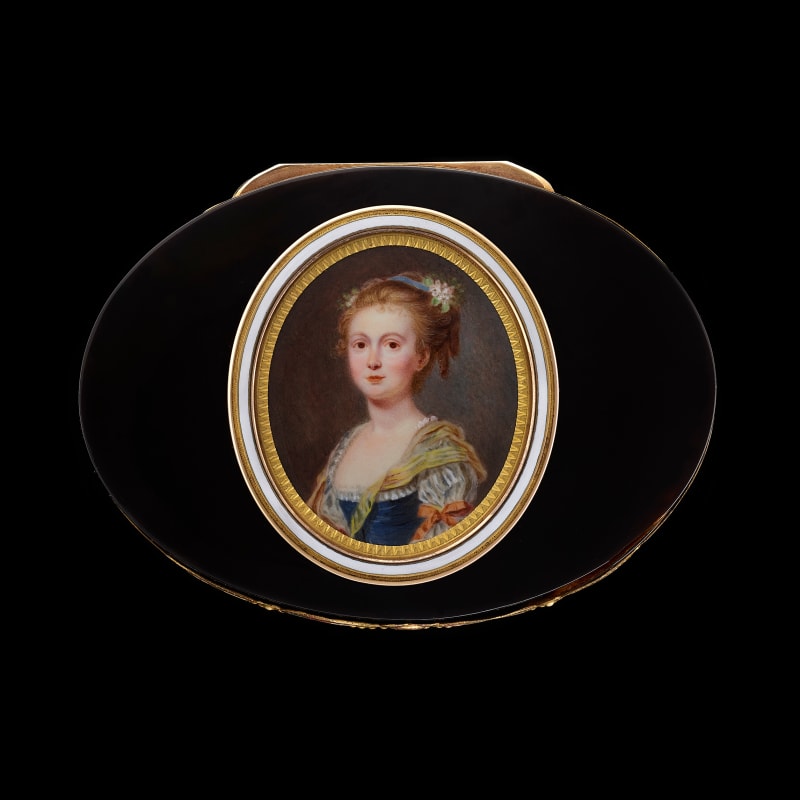This sketch by Smart is likely the preparatory drawing for his finished miniature on ivory, now in the Victoria and Albert Museum.[1] Made MP for the expensive and corrupt borough of Arundel in 1780, he was a supporter of the Prime Minister, Lord North. Between 1775 and 1782 he obtained contracts for supplying waggons for the Army in America, ironwork for guncarriages, musket stocks, small-arms and gunpowder, and for the hire of horses employed on the fortifications at Portsmouth.
Working as a merchant in Portsmouth, Fitzherbert fought in Parliament for higher wages for shipwrights. Despite returning to Arundel unopposed in 1784, he was a troublesome backbencher and did not seek re-election in 1790. He opposed many bills and proposals, including the Government’s fortifications bill of 1784 and voted against Pitt’s Irish proposals in 1785. He also stood with the Opposition over the Regency, 1788-9. He did not stand again for Arundel in 1790. Initially living at Stubbington Lodge,...
This sketch by Smart is likely the preparatory drawing for his finished miniature on ivory, now in the Victoria and Albert Museum.[1] Made MP for the expensive and corrupt borough of Arundel in 1780, he was a supporter of the Prime Minister, Lord North. Between 1775 and 1782 he obtained contracts for supplying waggons for the Army in America, ironwork for guncarriages, musket stocks, small-arms and gunpowder, and for the hire of horses employed on the fortifications at Portsmouth.
Working as a merchant in Portsmouth, Fitzherbert fought in Parliament for higher wages for shipwrights. Despite returning to Arundel unopposed in 1784, he was a troublesome backbencher and did not seek re-election in 1790. He opposed many bills and proposals, including the Government’s fortifications bill of 1784 and voted against Pitt’s Irish proposals in 1785. He also stood with the Opposition over the Regency, 1788-9. He did not stand again for Arundel in 1790. Initially living at Stubbington Lodge, Portsea, he settled at Pitt Place, Epsom.
Framed in an enamel and gold frame, this miniature offers a chance to see Smart’s inscription on the reverse. Inscriptions on preparatory works such as this have aided the previously lost identification of many of Smart’s portrait miniatures.
[1] Victoria and Albert Museum, number P.23-1976.
